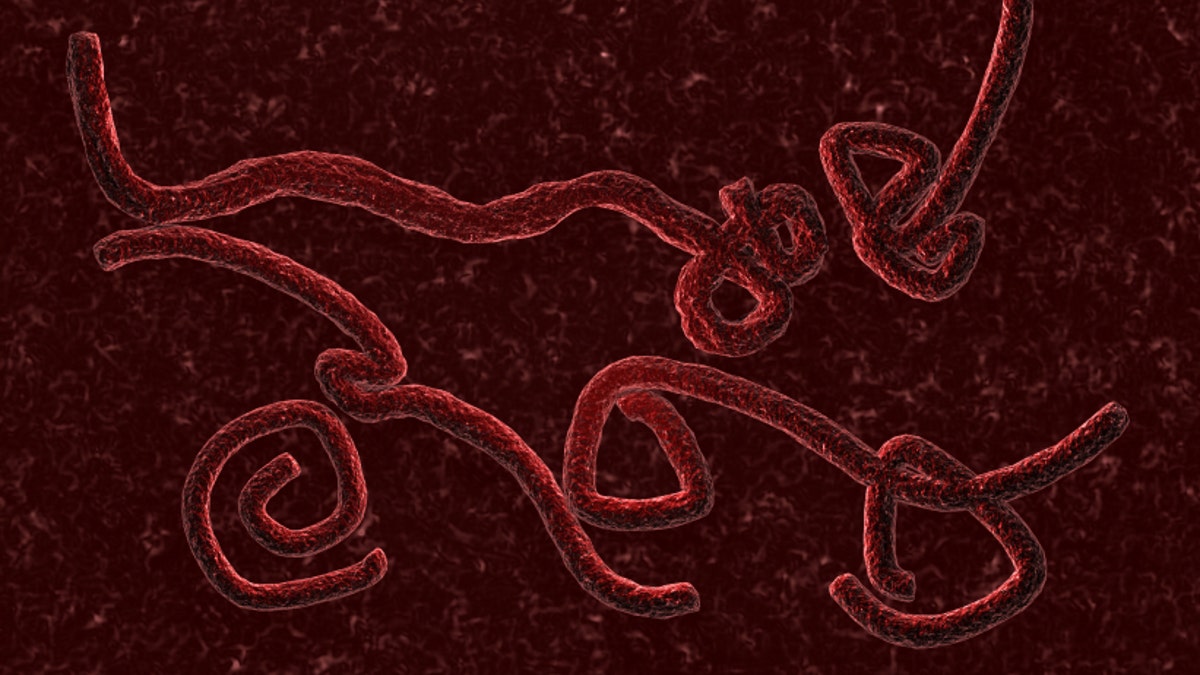
The family of viruses that Ebola belongs to may have existed longer than researchers previously thought— a discovery that may help scientists develop new vaccines to treat the deadly infection, Medical Daily reported.
Researchers at the University of Buffalo found that Filoviruses, which Ebola is part of, may have existed more than 20 million years ago. Scientists previously believed the family began appearing just over 10,000 years ago.
“Filoviruses are far more ancient than previously thought,” Derek Taylor, lead author of the study and a professor of biological sciences at the University of Buffalo, said in a press release. “These things have been interacting with mammals for a long time, several million years.”
Having a better understanding of Ebola’s evolutionary roots could help experts create new programs that identify emerging pathogens.
Researchers made their discovery after studying viral fossil genes, which are bits of genetic material that animals acquire from viruses during infection. Their study, published in the journal Peer J, indicates that both Ebola and the Marburg virus— a hemorrhagic fever virus in the Filoviridae family, similar to Ebola— shared a common ancestor 16 to 23 million years ago.
The study authors found Filovirus-like genes in rodents, which suggests that the Fiolovirus family dates back to these animals’ common ancestor.
Medical Daily notes the genetic material in the fossils were more closely related to Ebola than Marburg, meaning “the two lines had already begun to diverge during the Micoene Epoch, a time period that occurred five to 23 million years ago.”
“These rodents have billions of base pairs in their genomes, so the odds of a viral gene inserting itself at the same position in different species at different times are very small,” Taylor said. “It’s likely that the insertion was present in the common ancestor of these rodents.”
Taylor said when scientists first began looking into reservoirs for Ebola, they scrambled to analyze a host of organisms in the rainforest, from mammals to insects.
“The more we know about the evolution of filovirus-host interactions, the more we can learn about who the players might be in the system,” Taylor said.
